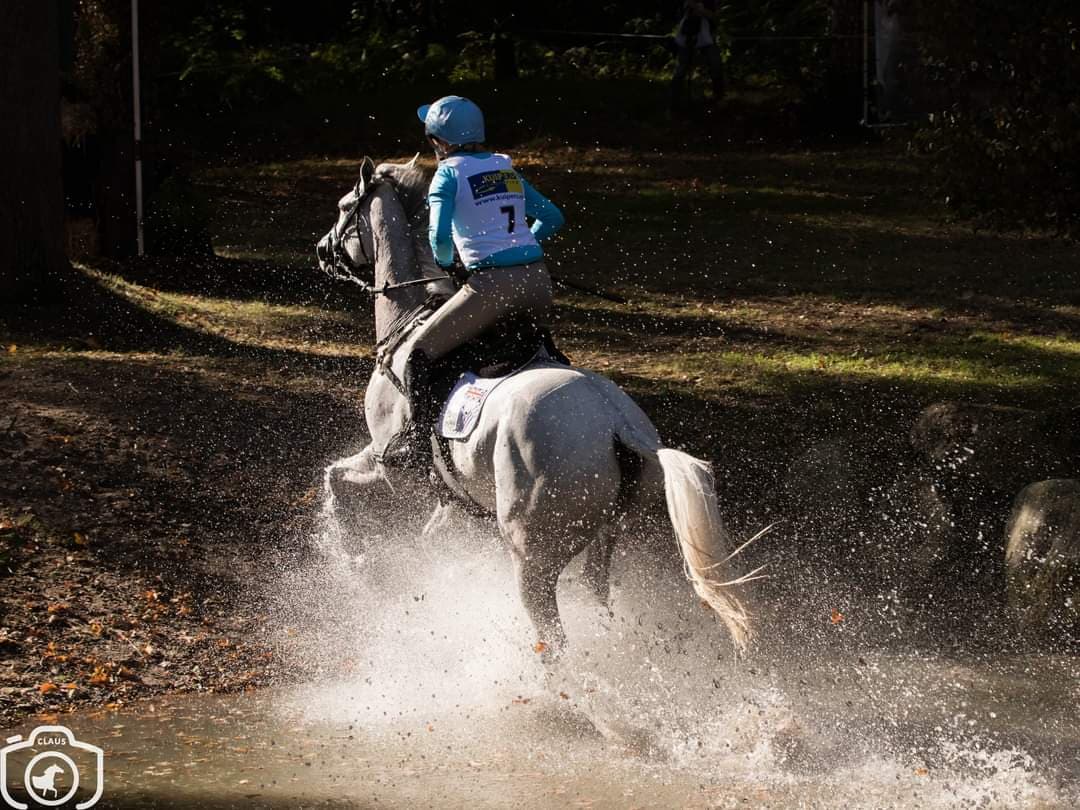“We looked at records of very successful upper-level riders – Olympic calibre riders – and we found that in most cases (virtually all of them) did two to three times more than our minimum requirements to be able to move a horse up,” Mr Holling said.
“When we looked at that, we said, ‘maybe we don’t have right what we are requiring for the base of the sport.’ We felt pretty strongly, and the data confirmed, that one way we can increase the skill of riders and the horsemanship and relationship between the horses and the riders is to raise the minimum eligibility requirements. In a nutshell, people will have to do more at a level before they can move up.”
All of these measures should, above all, ensure that the sport is safer and there are fewer (fatal) accidents. The rules are currently being revisited, which has delayed their final entry into force until 2023.
Source: Horse & Hound

